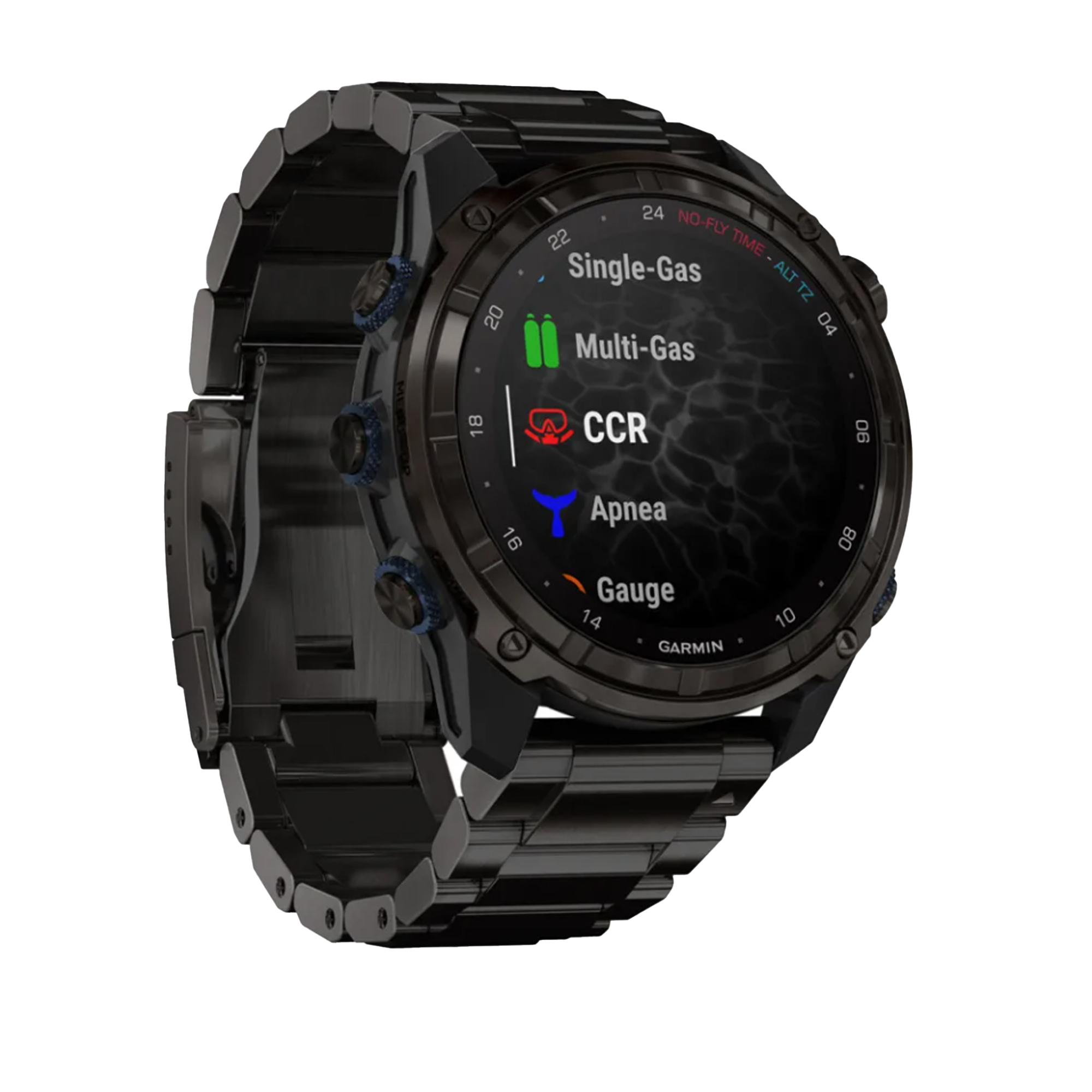Navigation
Cylinder Stickers
Tank marking stickers and decals from The Scuba Doctor are the perfect way to correctly and safely label the contents of a cylinder.
Tech Tip: Do I really need that big Nitrox wrap decal on my cylinder?
The large Nitrox tank wrap requirement mostly depends on your local dive shop fill policy. When Nitrox was introduced to sport diving there was widespread anxiety at local dive shop fill stations about cylinder contamination and handling safety. There were also fears of an injury as the result of an unqualified diver inadvertently breathing Voodoo Gas. While there is no law that requires the Nitrox wrap, the highly visible 'Nitrox', 'Nitrox Only', or 'Enriched Air Nitrox' tank wrap was helpful in addressing those early concerns.
Today, experience has demonstrated those safety worries about Nitrox to be relatively minor issues for the sport diving community. The large Nitrox tank wrap was quickly proven to be an imperfect solution to ensuring handling safety and identifying cylinder contents.
Many fill stations have adopted policies and practices that do not rely upon the presence of the Nitrox wrap. As a result, some local dive shops have become ambivalent about requiring the large wraps and are satisfied with a small removable tape label or tag that indicates cylinder contents analysis.
The factor that often determines the large permanent wrap requirement at many local dive shops is how the shop handles Nitrox fills. Shops that fill using premixed gas tend not to require the large wraps, but shops that partial pressure blend in the cylinder itself may still require the wraps.
In the early days practically all Nitrox fills were done using partial pressure blending, causing a common misconception that presence of a Nitrox tank wrap indicates the cylinder and valve are oxygen clean and oxygen compatible. However, the Nitrox wrap does NOT indicate the oxygen cleanliness or oxygen compatibility of the cylinder and valve, the wrap is just a label of what type of gas blend the cylinder may contain.
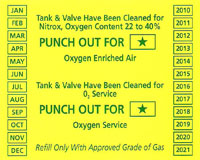 A separate evidence of inspection decal (aka VIP sticker) is what indicates if cylinder and valve are both suitable for use with compressed gases containing more than 23.5% oxygen at the date of inspection. Dive shop filling stations doing partial pressure blending will insist on your tank have an in-date Oxygen Clean sticker applied by the testing station that oxygen cleaned your cylinder.
A separate evidence of inspection decal (aka VIP sticker) is what indicates if cylinder and valve are both suitable for use with compressed gases containing more than 23.5% oxygen at the date of inspection. Dive shop filling stations doing partial pressure blending will insist on your tank have an in-date Oxygen Clean sticker applied by the testing station that oxygen cleaned your cylinder.
Neither the Nitrox sticker or the Oxygen Clean decal indicate what compressed gas is stored in the cylinder. You should properly and clearly label your cylinder with your analysis of the gas mixture.
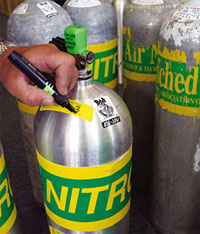 Clearly label anything that isn't air. If the MOD is less than the maximum possible depth of the dive (think deco cylinders), make sure the MOD stands out where not only you can see it, so can your buddies. Make it obvious to everyone if you are using the wrong cylinder at the wrong depth.
Clearly label anything that isn't air. If the MOD is less than the maximum possible depth of the dive (think deco cylinders), make sure the MOD stands out where not only you can see it, so can your buddies. Make it obvious to everyone if you are using the wrong cylinder at the wrong depth.
Consider putting a small piece of tape on each second stage, just in front of the mouthpiece, that has the MOD for the cylinder it is attached to. (This is in addition to the standard cylinder markings.) Any little thing that may save your life helps.
Tech Tip: Perfect Positioning of Scuba Tank Stickers
Select the general spot on your scuba cylinder to place the sticker and remove any old stickers and decals from that spot. On painted aluminium cylinders we recommend scraping any blistering or peeling areas to remove loose paint. Take an appropriate cleaner/solvent and wipe the area down a couple of times to remove dirt, wax and all other enemies of good adhesion. If you use any cleaning solvent, keep it off the valve and neck and be sure to rinse with soap and water when you are done.
Once the cylinder is clean, peel the backing off your sticker. Now the trick is to simply spray the area where the sticker is to be placed and also lightly wet the adhesive back of the sticker, with a thin coat of soapy water or Windex before you install the sticker. This gives a little lubrication and just enough surface tension to hold the sticker but not fully adhere it to the surface.
Apply the sticker to the cylinder. While wet, you can slip and slide the sticker into the perfect position. When you're sure it's in the right spot you simply hold it with one hand and squeegee the liquid out with the other.
Once it feels fairly adhered, blot the excess liquid off, and stand back to confirm placement. We say this because you still have some time to pull it off and re-position without penalty as there is a bit of liquid still under the sticker. Once the soap evaporates, the sticker adheres very well to the tank.
Norwester
![]() Wreck Dive |
Wreck Dive | ![]() Boat access
Boat access
![]()
![]()
![]()
![]()
Three-Masted Iron Barque | Max Depth: 2 m (6.56 ft) — Graveyard
Level: Open Water and beyond.
The Norwester shipwreck lies on the Back Beaches of the Mornington Peninsula. After being hulked 1895, the Norwester was being towed to the Ship's Graveyard in 1928 when she broke a towline. She went ashore at London Bridge, just west of the Sierra Nevada.
Norwester Shipwreck History — Built in 1864
The Norwester (aka Nor'Wester, Nor-Wester) was a three-masted iron barque of 567 tons, built in 1864, by Laurence Hill and Co, Glasgow, Scotland, for owners MJ Jamieson, registered Glasgow. She had a length of 160 ft (49 m), beam of 29.2 ft (8.9 m), and depth of 17 ft (5.18 m).
The Norwester was washed ashore during a storm while anchored in Hamelin Bay, WA in July 1900. She was sold, refloated and taken to Freemantle for repairs, but was condemned. The Norwester was later sold to the Adelaide Steam Ship Co and taken to Adelaide where she was converted into a coal hulk. A tug brought the hulk to Melbourne, arriving on 2 April 1901.
Norwester Sinking — Wrecked 21 November 1928
The Adelaide Steam Ship Co obtained permission to scuttle the Norwester in 1928. On Wednesday 21 November 1928 the Norwester was towed out into Bass Strait by the tug Minah and positioned in the Victorian Ships' Graveyard for scuttling.
The explosive charges didn't do their job and the hulk was allowed to drift ashore just west of London Bridge, and just west of the Sierra Nevada shipwreck.
See also, Heritage Council Victoria: Norwester, and
Australian National Shipwreck Database: Norwester.
Heritage Warning: Any shipwreck or shipwreck relic that is 75 years or older is protected by legislation. Other items of maritime heritage 75 years or older are also protected by legislation. Activities such as digging for bottles, coins or other artefacts that involve the disturbance of archaeological sites may be in breach of the legislation, and penalties may apply. The legislation requires the mandatory reporting to Heritage Victoria as soon as practicable of any archaeological site that is identified. See Maritime heritage. Anyone with information about looting or stolen artefacts should call Heritage Victoria on (03) 7022 6390, or send an email to heritage.victoria@delwp.vic.gov.au.
Back Beach Warning: Always keep an eye on sea conditions throughout any dive on the Back Beaches of the Mornington Peninsula. Please read the warnings on the web page diving-the-back-beaches before diving or snorkelling this site.
Bass Strait Warning: Always keep an eye on sea conditions throughout any shore or boat dive in Bass Strait on Victoria's coastline. Please read the warnings on the web page diving-in-bass-strait before diving or snorkelling this site.
Traditional Owners — This dive site is in the traditional Country of the Boon Wurrung / Bunurong people of the Kulin Nation. This truly ancient Country includes parts of Port Phillip, from the Werribee River in the north-west, down to Wilson's Promontory in the south-east, including the Mornington Peninsula, French Island and Phillip Island, plus Western Port. We wish to acknowledge the Boon Wurrung as Traditional Owners. We pay respect to their Ancestors and their Elders, past, present and emerging. We acknowledge Bunjil the Creator Spirit of this beautiful land, who travels as an eagle, and Waarn, who protects the waterways and travels as a crow, and thank them for continuing to watch over this Country today and beyond.
Norwester Location Map
Latitude: 38° 19.833′ S (38.330555° S / 38° 19′ 50″ S)
Longitude: 144° 41.433′ E (144.690555° E / 144° 41′ 26″ E)
Datum: WGS84 |
Google Map
Added: 2012-07-22 09:00:00 GMT, Last updated: 2022-05-15 17:13:07 GMT
Source: GPS
Nearest Neighbour: London Bridge, 151 m, bearing 52°, NE
Three-Masted Iron Barque, 567 ton.
Built: Glasgow, Scotland, 1864.
Sunk: 21 November 1928.
Portsea, Back Beaches, Mornington Peninsula.
Victorian Ships' Graveyard, Bass Strait.
Depth: 2 m.
[ Top ]
DISCLAIMER: No claim is made by The Scuba Doctor as to the accuracy of the dive site coordinates listed here. Should anyone decide to use these GPS marks to locate and dive on a site, they do so entirely at their own risk. Always verify against other sources.
The marks come from numerous sources including commercial operators, independent dive clubs, reference works, and active divers. Some are known to be accurate, while others may not be. Some GPS marks may even have come from maps using the AGD66 datum, and thus may need be converted to the WGS84 datum. To distinguish between the possible accuracy of the dive site marks, we've tried to give each mark a source of GPS, Google Earth, or unknown.

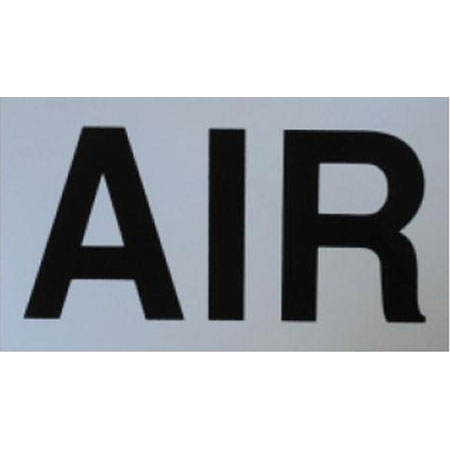
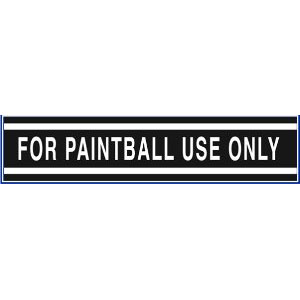
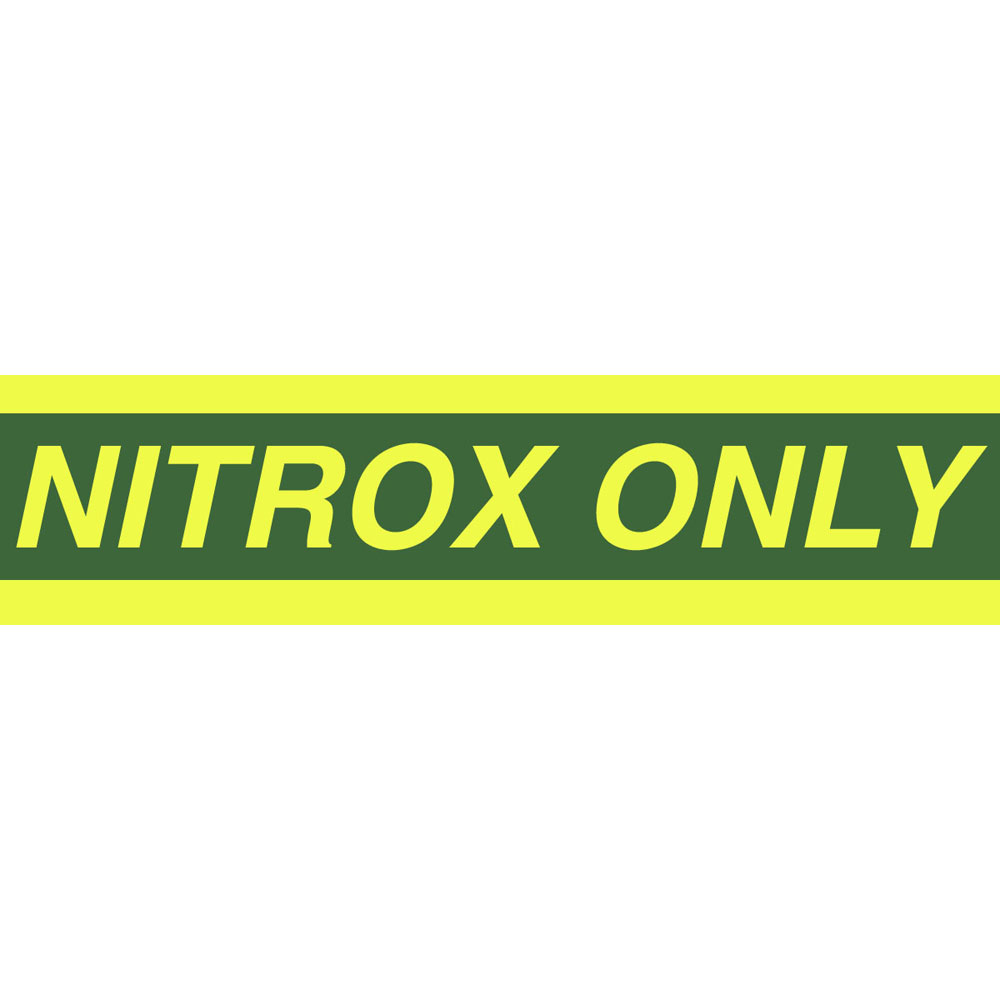
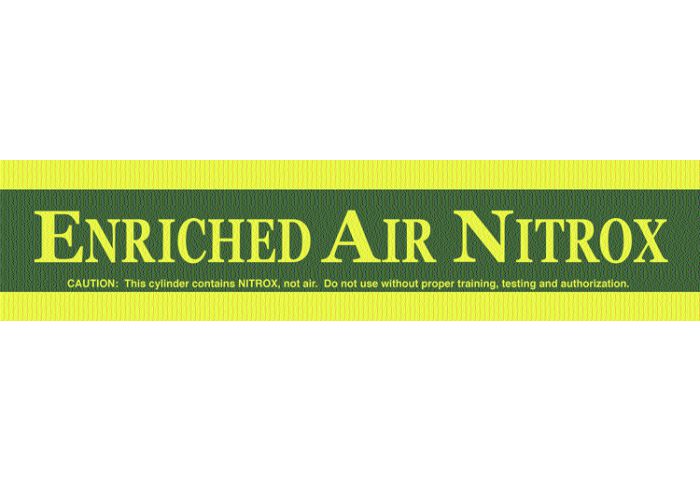
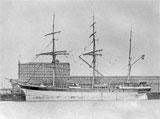

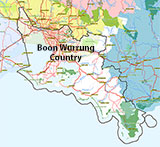
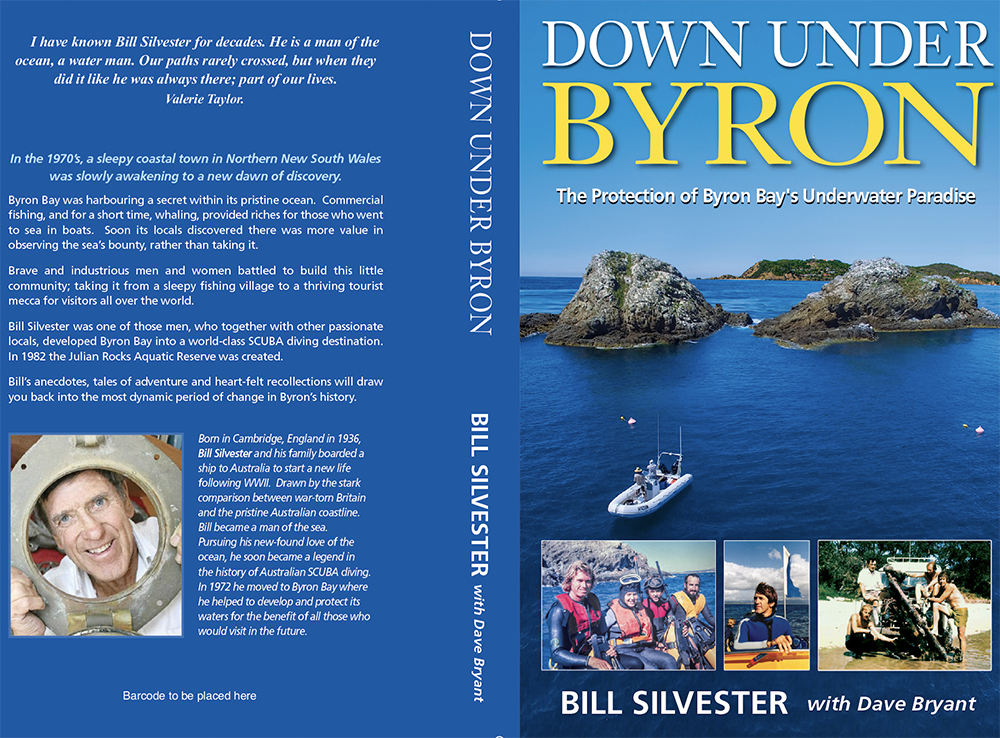
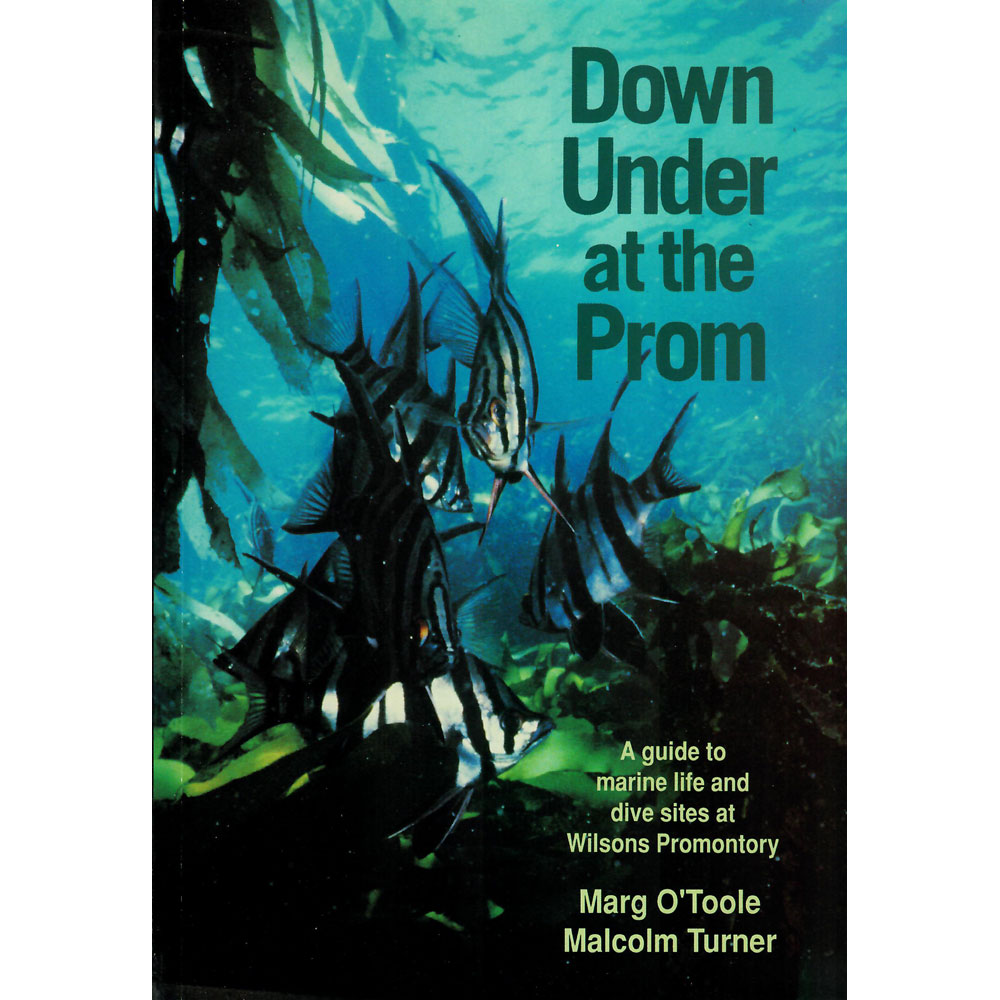
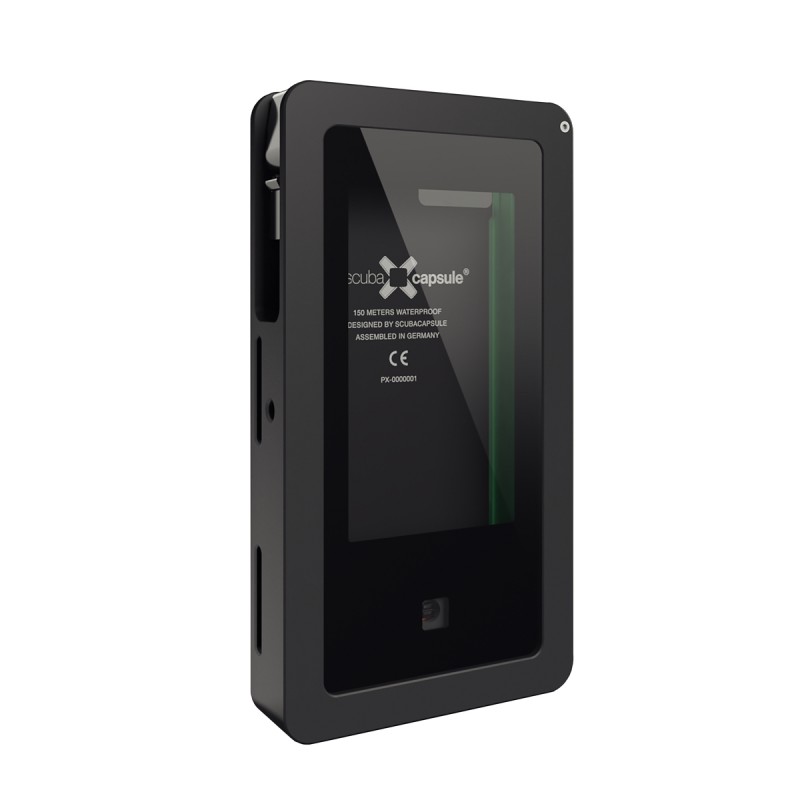
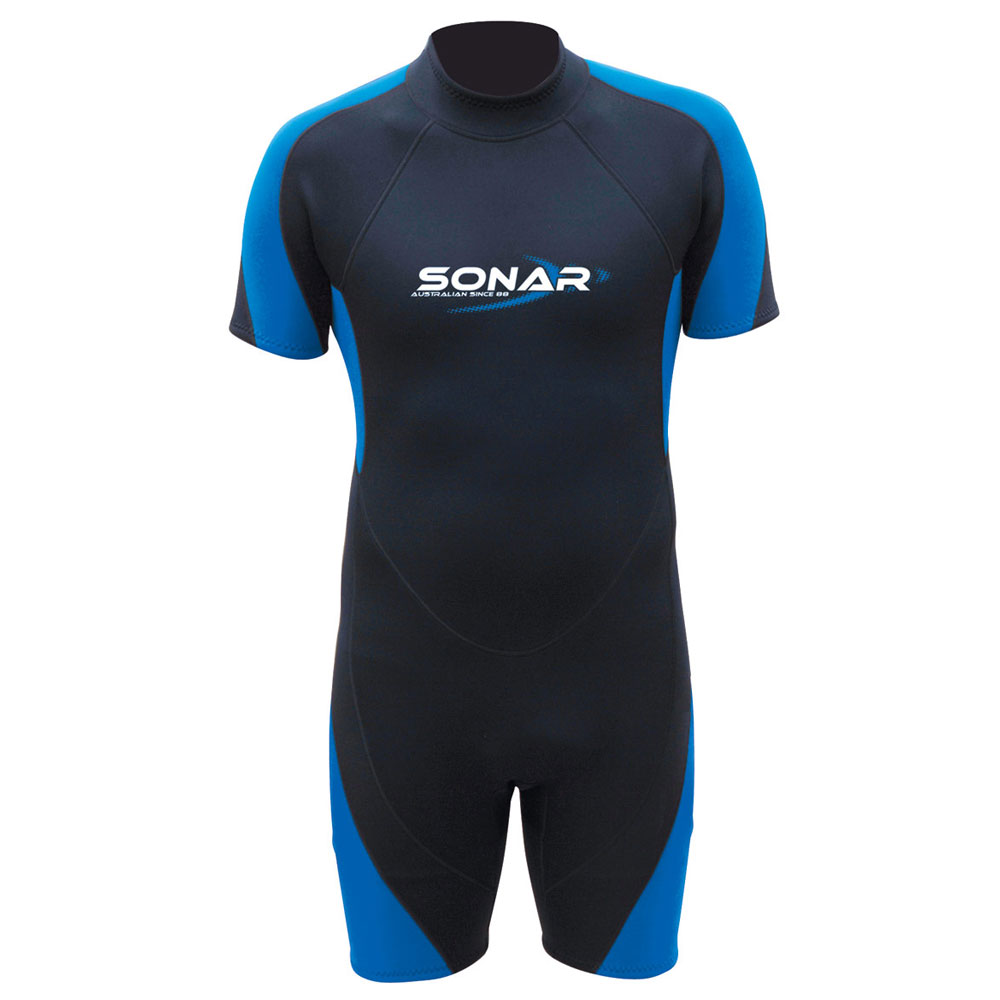
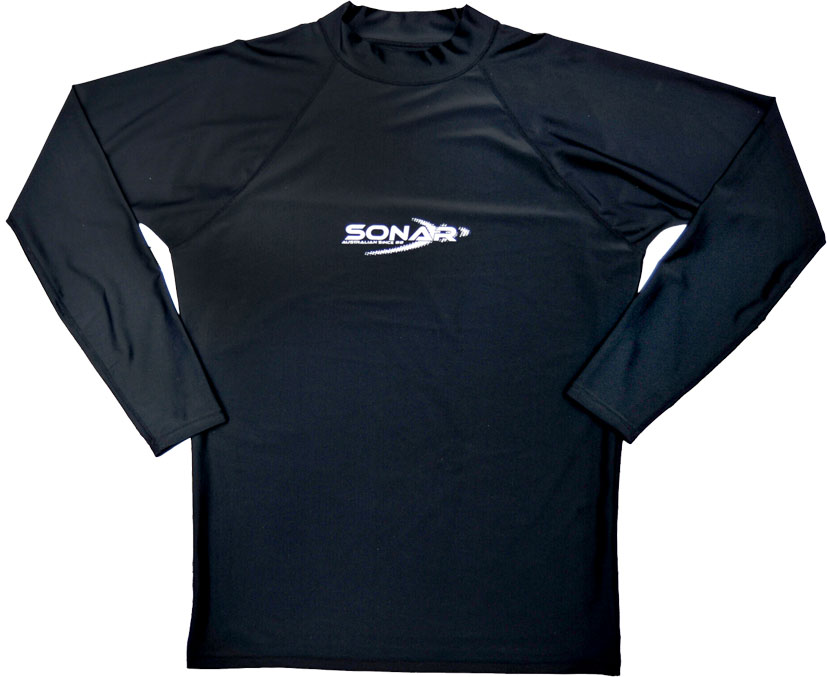
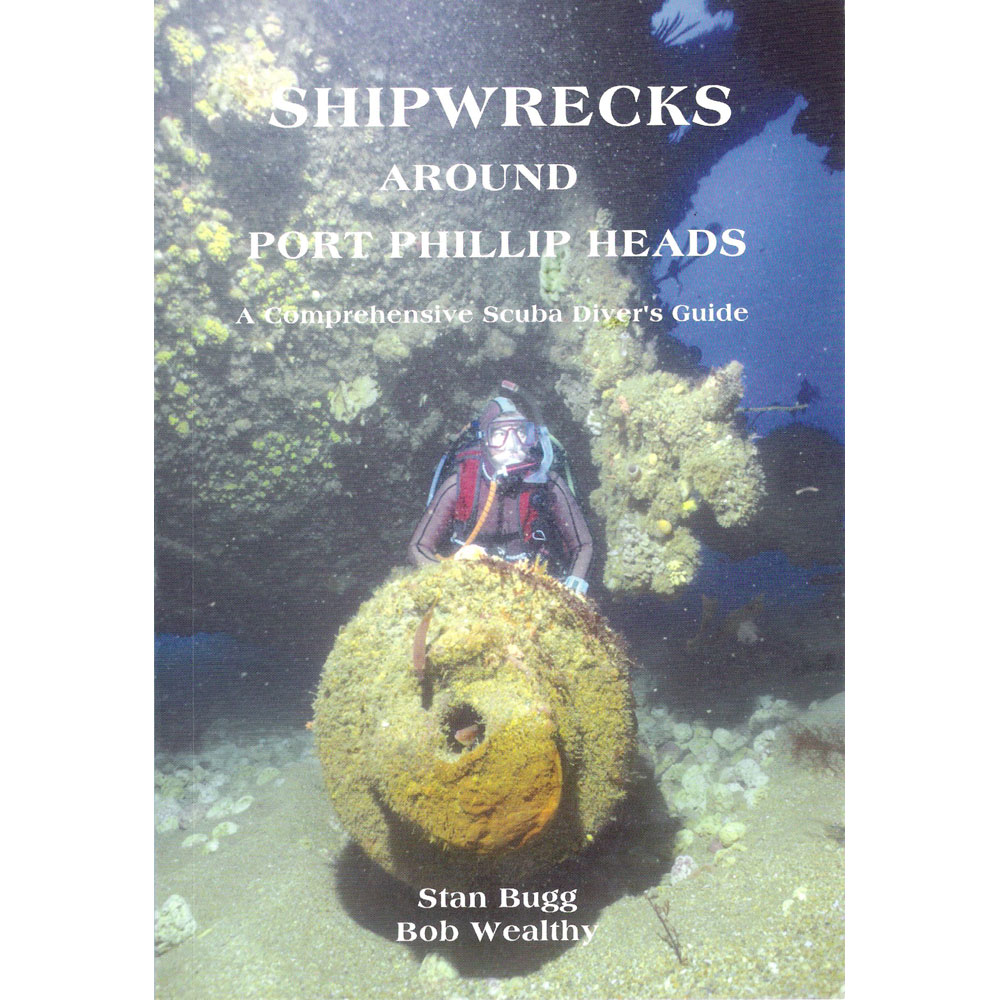
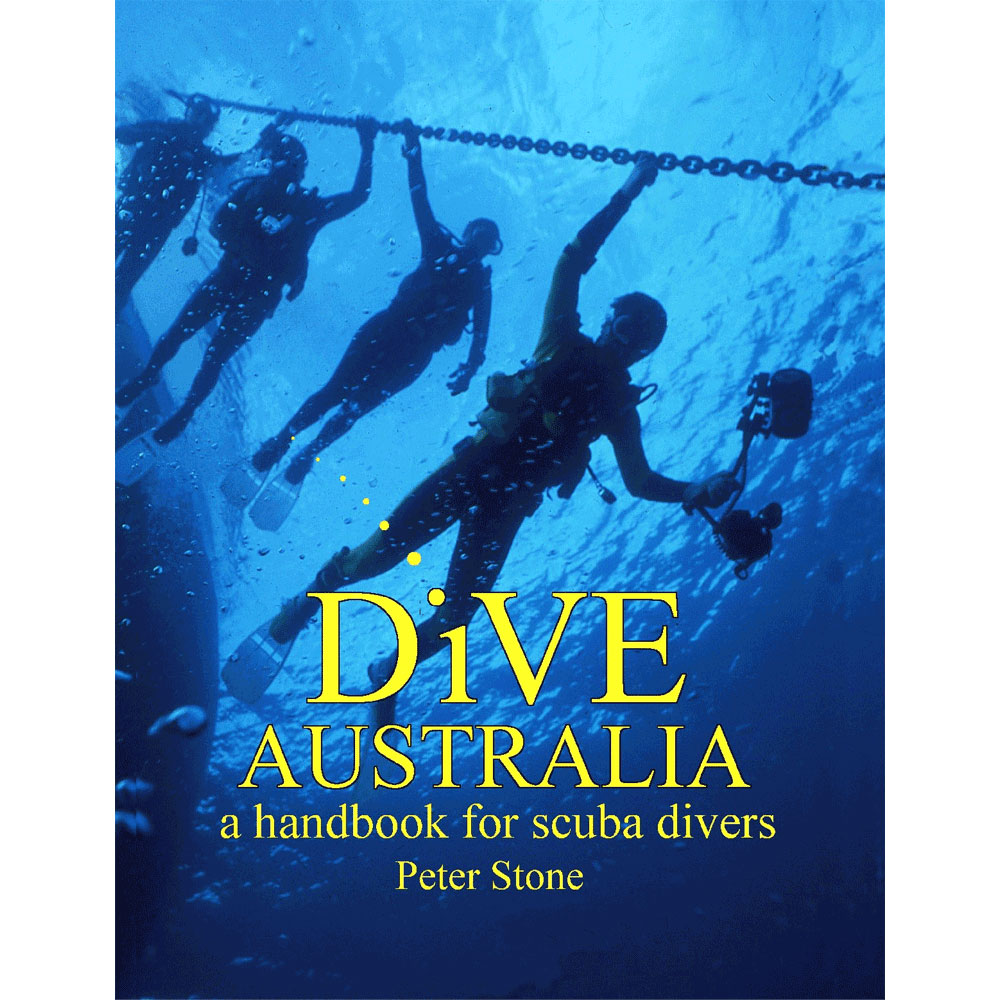
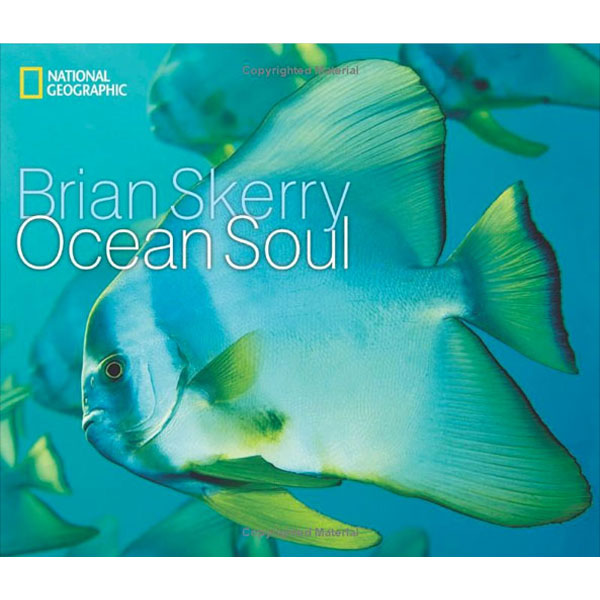

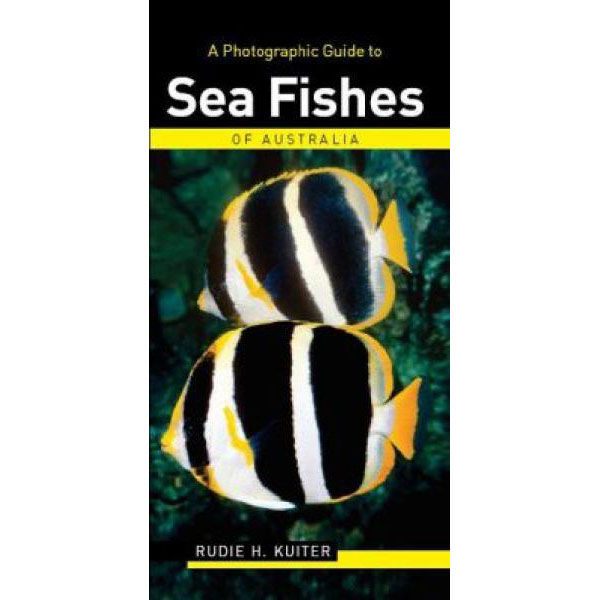





![Halcyon Infinity 30lb System [SS Small Backplate] Halcyon Infinity 30lb System [SS Small Backplate]](/diveshop/images/halcyon/Halcyon-Evolve-Wing.jpg)


